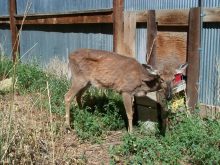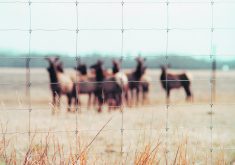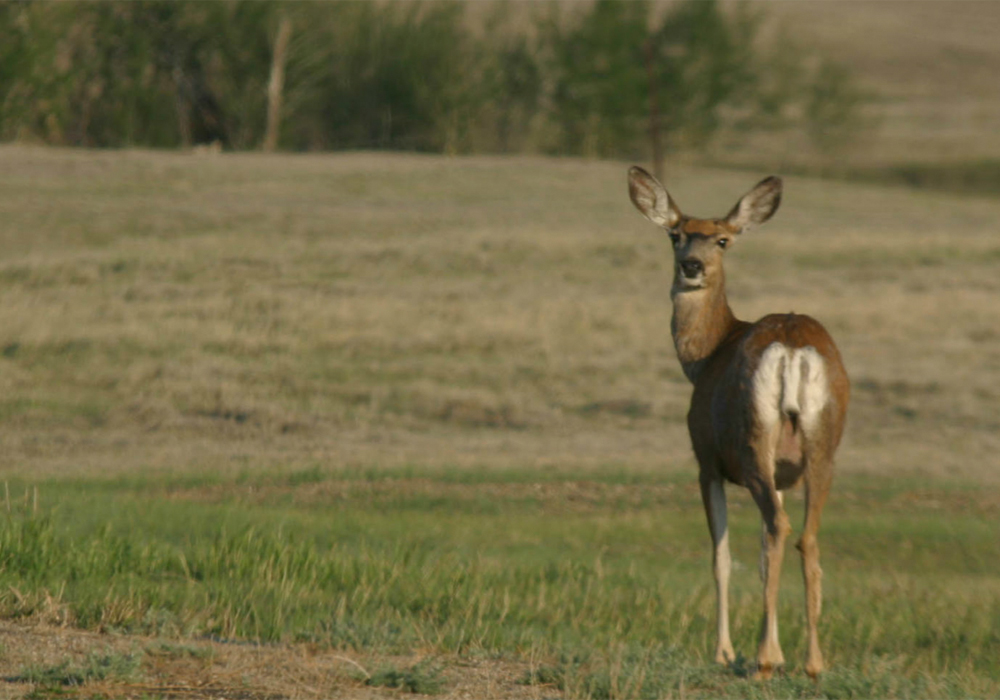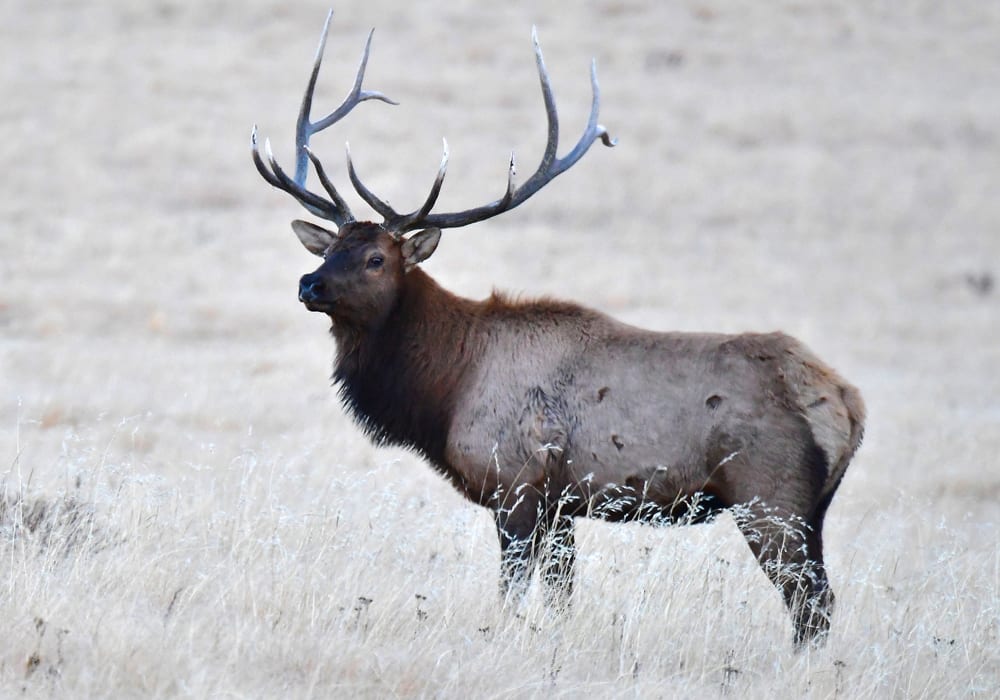New rules announced by the Canadian Food Inspection Agency apply to producers who are part of a voluntary program
The Canadian Food Inspection Agency plans to impose stricter rules this spring on cervid ranchers who are part of a voluntary program, a move that officials say is necessary but has producers divided.
The changes, which take effect on April 1, are a result of the CFIA’s failed efforts to eradicate chronic wasting disease (CWD), a deadly ailment that spreads easily and affects the nervous systems of wild and farmed white-tailed deer, mule deer, moose, elk and reindeer.
The disease is routinely found in Alberta and Saskatchewan.
Read Also

Farming Smarter receives financial boost from Alberta government for potato research
Farming Smarter near Lethbridge got a boost to its research equipment, thanks to the Alberta government’s increase in funding for research associations.
Alex McIsaac, an animal health officer with the CFIA, said the agency will take a more preventive, yet stricter approach when it comes to managing CWD.
This means any cervid producers who are part of the agency’s Voluntary Herd Certification Program will need to keep detailed records of their herd. This includes tracking where animals come from, which animals die and whether or not the cause of death is CWD.
As well, all animals sent for slaughter must be tested, all feed must be kept in a fenced area to keep out wild cervids and all trucks must be thoroughly cleaned after each delivery.
“CWD spreads from everywhere, from dead carcasses, feces, saliva, and nose to nose,” McIssac said. “We are seeing it more from wild populations, and we had worked with producers on biosecurity measures, but they just weren’t strong enough so we had to go with something much stronger.”
While the new rules apply to producers taking part in the voluntary certification program, there are ramifications for producers who aren’t part of the program.
Cervid producers who aren’t part of the program but get a case of CWD will no longer be compensated by the CFIA.
“It’s been a big drain of money,” McIsaac said, noting that provincial governments don’t have a mandate to start their own compensation programs.
“It’s up to the affected producers to deal with it him or herself.”
As well, producers on the voluntary program can only buy grades of cervids that are the same or better than their own grade.
If producers on the program buy anything at a lower-grade, or purchase from producers who aren’t on the program, they will be penalized.
Cervid producers who ship animals to the United States already have to be part of the voluntary program.
Some elk producers argue the changes to purchasing create problems and will divide the industry.
“It makes trading within our province really difficult,” said Tanis Downey, an elk rancher near Black Diamond, Alta., and chair of the Alberta Elk Commission.
“All of these regulations are discouraging and even though it’s voluntary, it really comes across as mandatory. We’re a small industry and we shouldn’t be divided.”
Other producers, however, see the changes as positive.
Randy Wehrkamp, an elk producer near Melfort, Sask., who also works with the Saskatchewan Cervid Alliance, said the changes will enhance the industry.
“The reality, in my opinion, is that all of this fall under the area of good management, and most of what they are asking for I do already on my farm,” he said. “There will be some added requirement that I will face, but all of that will benefit the industry as a whole in the long run.”


















